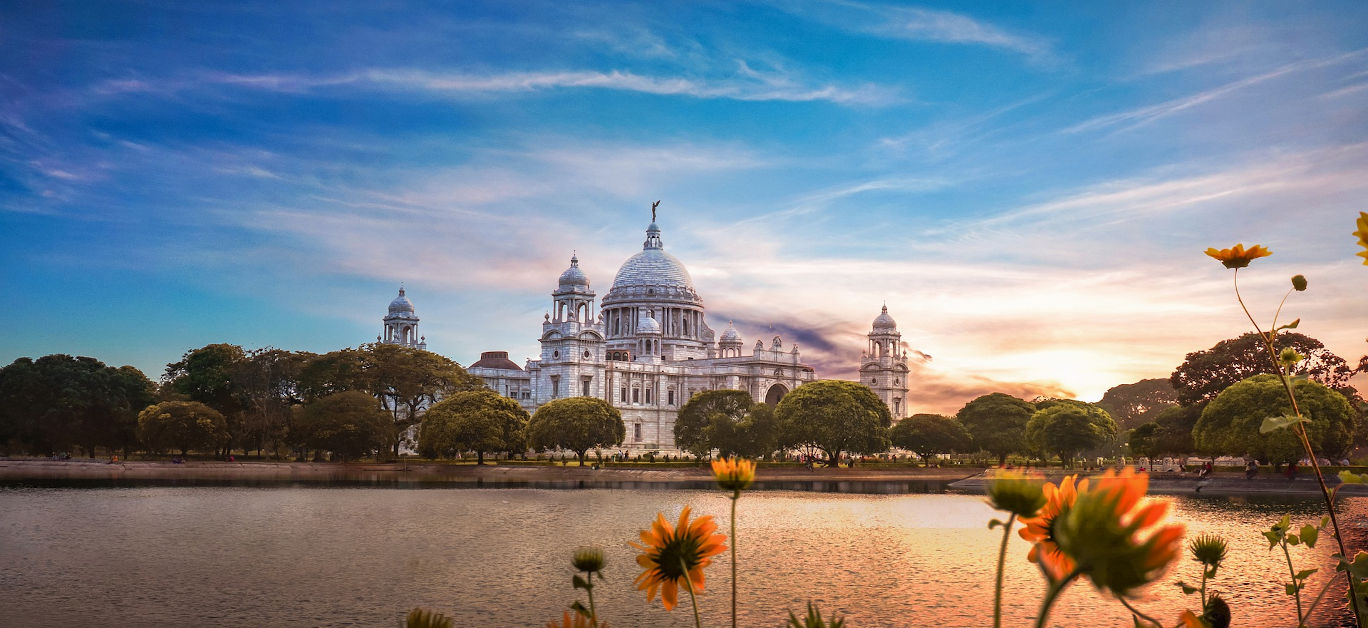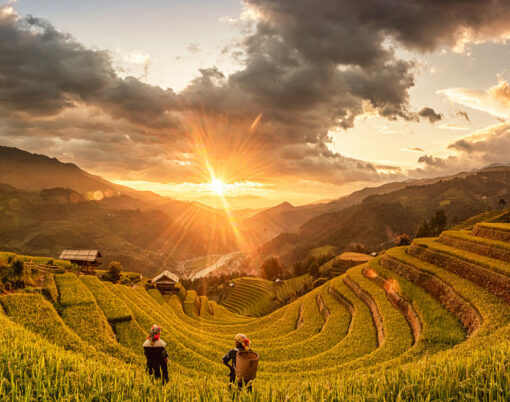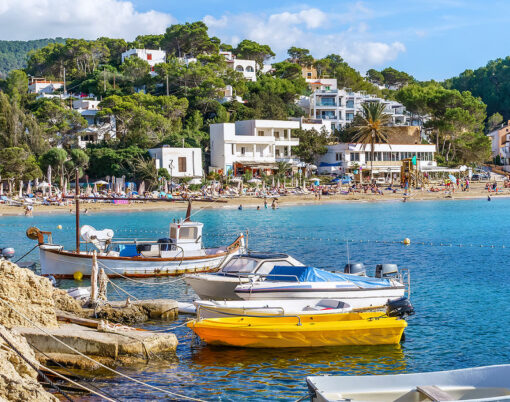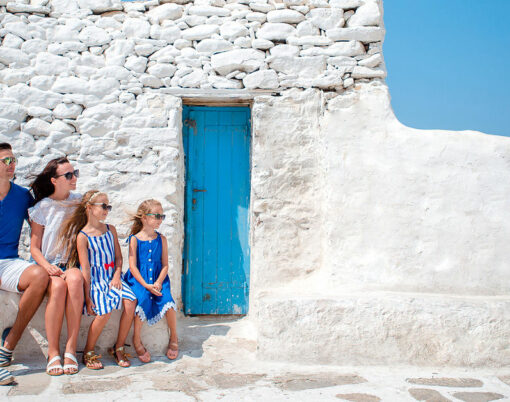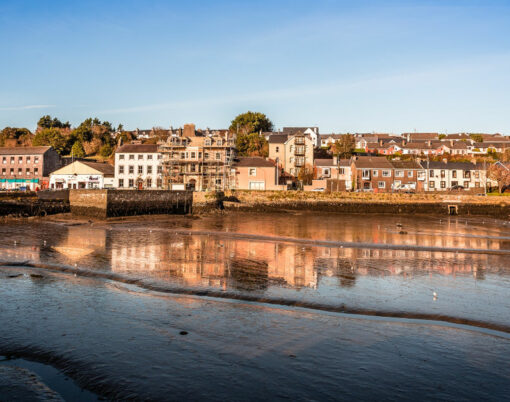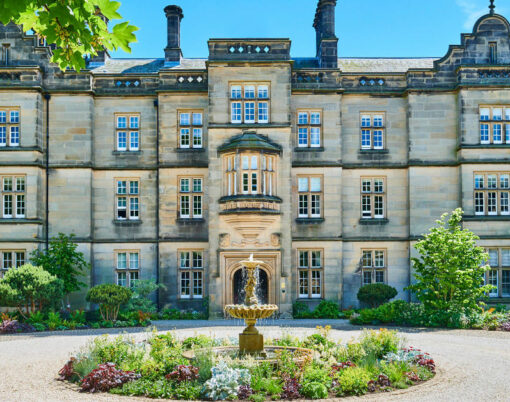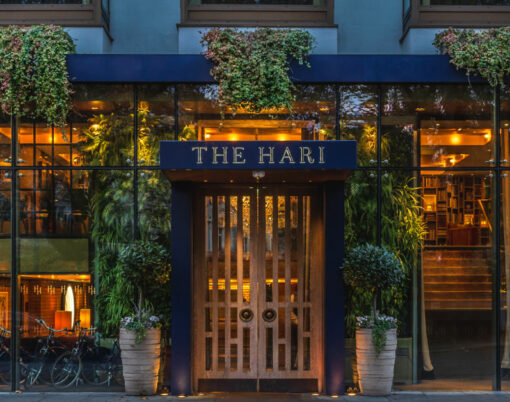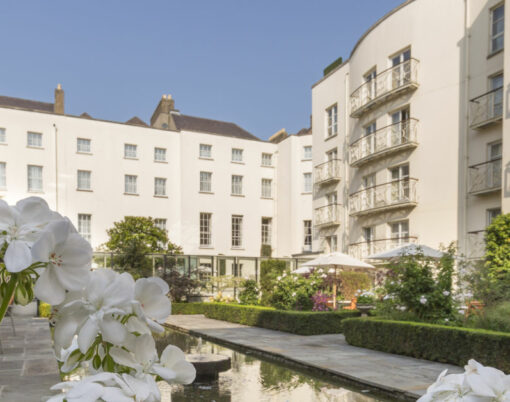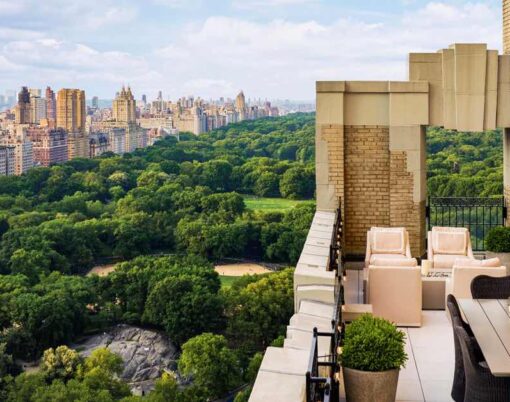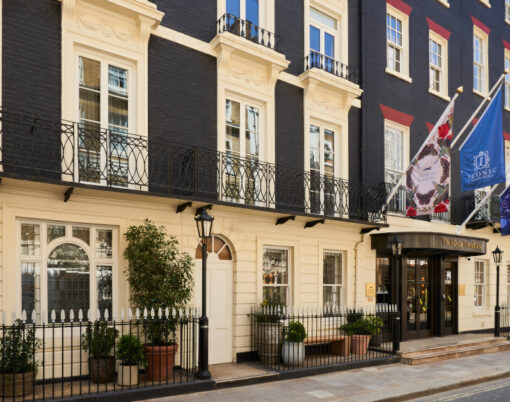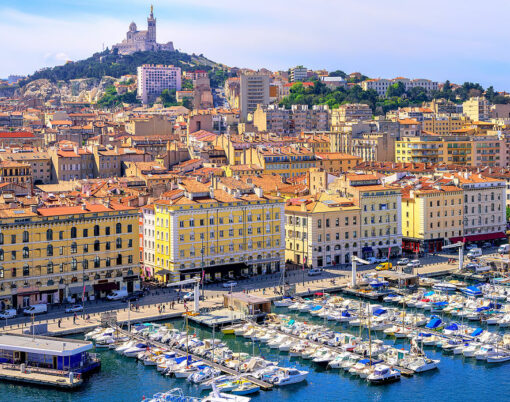The Eastern Indian state of West Bengal is one of the most beautiful parts of India. It has long remained in the background as far as its share of the tourist traffic in India is concerned. But of late, there has been a complete U turn as far as the fortune of West Bengal’s tourism is concerned.
Nothing exemplifies this change of fortune in Bengal more than the presence of international hotel chains like one of India’s finest luxury hotel, the awesome ITC Sonar Bangla, the Hyatt along with the avant-garde Vedic Village resort.
Tourism, which was never a policy priority with the government, has suddenly been given a shot-in-the-arm courtesy a slew of futuristic hospitality projects that will cater to the exacting needs of the discerning world traveller. Among the city’s best-known hospitality properties is the avant-garde Vedic Village Resort, which offers everything from ownership to the most relaxing of spa treatments.
Whoever said that Kolkata is a dying city with its pot holed roads, closed down industries, trade unionism, poverty and squalor should have a second look at the resurgent Kolkata of 2021 and one great way to know the pulse of this incredible place is by actually paying a visit to this landmark city of India that reveals its captivating charm like a veil slipping out from the face of a beautiful woman.
Kolkata is one of India’s largest metropolises and with landmarks like the Victoria Memorial, the Maidan and Fort William, Octorlony Monument, the Indian Museum, the Eden Gardens, the elegant cathedrals and churches, the Howrah Bridge, pilgrim spots like Kalighat, Dakshineswar and Belur Math as well as Nobel Laureate Mother Teresa’s Missionaries of Charity, has been exerting its mesmerizing charm to discerning international tourists.
The Raj era
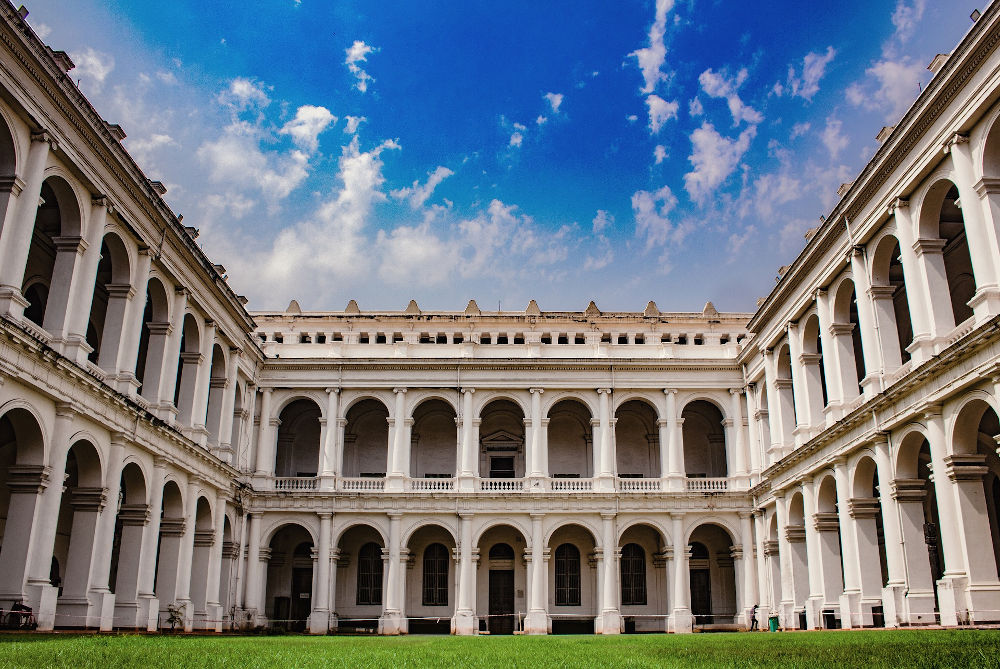
During the British Raj, Bengal and, more appropriately, the city of Kolkata became the political hub of India. Much of Kolkata and Bengal’s most enduring developments took place between 1780 and 1820. Later in the 19th century, however, Bengal became a spark point in India’s Independence struggle and this was the principal reason for the decision to transfer the capital to New Delhi in the year 1911. However, the loss of political power did not alter Kolkata’s economic control and the city continued to prosper until after the World War II. Kolkata is the largest city in India and by now may be ahead of London as the largest city in the British Commonwealth.
Cultural cauldron of India
Kolkata and much of Bengal is regarded as the cultural cauldron of India. The whole world knows about the great ‘Bengal Renaissance’ of the nineteenth and early twentieth centuries which started with Raja Ram Mohan Roy (1775-1833) and ended with Noble Laureate Rabindranath Tagore (1861-1941).
Classical and laid back
As a city, Kolkata is irresistibly classical for visitors. Consider, for instance, the quintessential Kolkata tramcar that plies along the city’s many thoroughfares thereby adding to the old-world charm of the place. The scene of a slow-moving tramcar slowly wending its way past the labyrinth of chaotic crowds and the walkways on both sides of the road, occupied with improvised bookstalls assembled of wood, bamboo, corrugated tins and canvas, is straight out of a pre-independent India of the British Raj.
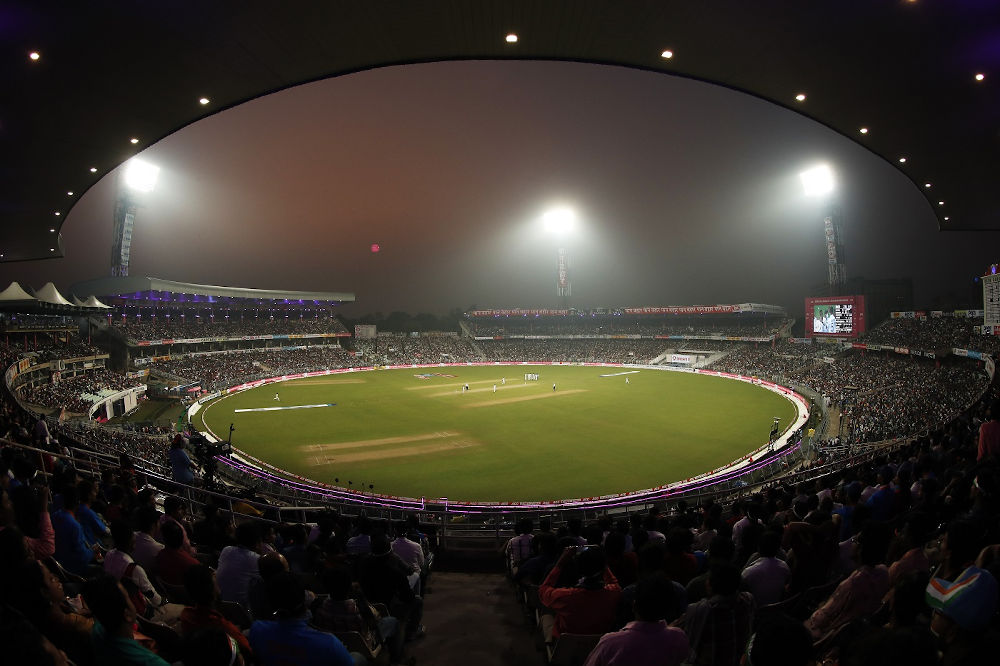
Air of festivity
It is said that Kolkata would not be the same without its fairs and festivals. Zest and joy, a myriad of colours, pomp and splendour, pageantry, ancient traditions, classical gaiety, dignity, patriotism, solemnity, precious moments of festivity and leisure is what makes Kolkata an unparalleled destination. All these and much more are infused into the lives of millions of Kolkatans and the fun-loving tourists from all over the world by a refreshing variety of celebrations each year.
Each of the festivals are so different from each other; yet collectively they form an immeasurably important fabric of India’s symbolic culture often bringing together people from all age groups regardless of cast and creed.
Every year Kolkata and the rest of Bengal comes alive in all its grandeur during the annual Durga Puja celebrations. This is the greatest festival of the Bengalis and over the past couple of decades, the Durga Puja celebrations have evolved so much so that, today, if any discerning international traveller happens to visit the City of Joy, Kolkata, during the Durga Puja period, he or she will witness nothing short of a mega carnival on the offing.
The greatness immensity and the sheer diversity of India come to light in these festivals. For instance, during the grand Durga Puja festival of the Bengali community, the whole of Kolkata city comes alive with the Puja fervour, with the Puja premises’ being decorated and illuminated by state-of-the-art electronic gadgets, innovative style of designing the idols, and sound and light shows. All of this goes to signify that India accepts modernity but in a way that is truly Indian, keeping in mind the 5000-year-old Indian heritage.
City orientation and Raj-era edifices
Kolkata sprawls north-south along the Hooghly River which divides the city from Howrah on the west bank. Like many Indian cities, getting around Kolkata is slightly confusing and the discerning tourist will come across Raj era connotations with street names like Buckland Road, Harrington Street, Middleton Street, Harrison Road, Theatre Road and Wellington Street.
When Kolkata was the capital of British India, the Dalhosie Square, popularly referred to as BBD Bagh was the centre of power. On the north side is the huge Writer’s Building, the seat of government, which dates back to 1880. Also on Dalhousie Square is a rather more useful place, the Kolkata GPO. A little south of Dalhousie Square is the church of St. John, which dates back to 1787. The graveyard here has a number of interesting monuments including the octagonal mausoleum of Job Charnock, founder of Kolkata who died in 1692.
Other British edifices
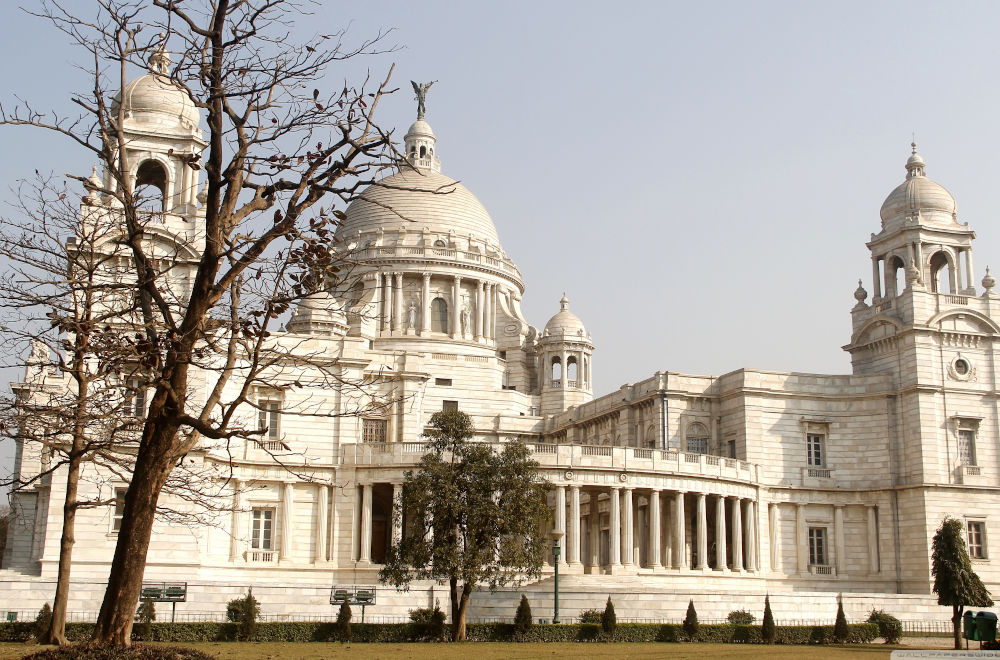
The Victoria Memorial is one of the most enduring landmarks of Kolkata and also one of the imposing reminders of the British presence in Kolkata. However, the city’s commercial wealth resulted in quite a few other interesting edifices. The Raj Bhawan for instance, the old British Government House, is now occupied by the Governor of West Bengal. This magnificent Raj era edifice was built by Marquess Wellesley between 1799 and 1805 and it is modelled on Lord Curzon’s home, Kendleston Hall in Derbyshire, UK.
Next to it is the Doric style Town Hall and the elegantly designed High Court, which was built in 1872. Just south of the zoo in Alipur is the National Library, the biggest of its kind in India, which is housed in the former residence of the Lieutenant Governor of Bengal, Belvedere House.
St. Paul’s Cathedral, which stands to the east of Victoria Memorial at the southern end of the Maidan is one of the most important churches in India and was built between 1839 and 1847.
Rajarhat New Town, Kolkata’s futuristic city
Rajarhat, or New Town as it is popularly referred to, is literally an extension of Kolkata. This new township is all of 28 sq.kms and is located in the North 24 Parganas. Already this new township has gradually emerged as the IT hub of Eastern India, and the residential hub that is coming up on the north-eastern edge of the township has been much appreciated by the affluent NRIs.
The entire township primarily consisted of acres of cultivable land and wetland areas, which has been acquired by the state government and is being developed in a planned manner. Rajarhat New Town is three times the size of the neighbouring Salt Lake City and this one-of-its-kind satellite town has already been designated as a Solar City by the government at the centre and initiatives have already been taken to declare this city as Smart Green City.
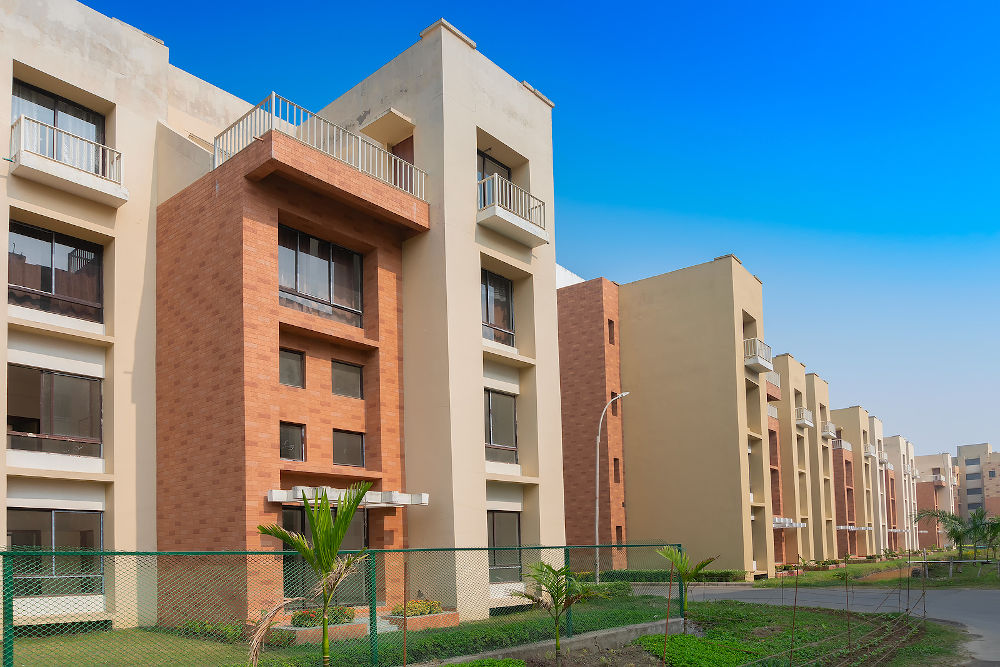
The township has, of late, been enabled with an exclusive 10.5kms. of Wi-Fi Zone which literally connects the Rajarhat Main Arterial Road all the way to the airport and Sector V, thereby conferring this township with India’s first Wi-Fi road connectivity. This exclusive area has already been declared as a green corridor.
Rajarhat New Town has already evolved as Kolkata’s second IT Hub with several IT companies like TCS and Wipro having been allotted exclusive space. Real estate companies like DLF, the Unitech group, Shapoorji Pallonji, Tata, the Singapore based Keppel Land, Bengal Peerless, and Ambuja Realty are all engaged in developing state-of-the-art commercial and residential projects, some of which have already begun operations.
Vibrant culture and pulsating night life
Kolkata is renowned for its culture – films, poetry, art and dance all have their devotees here. It is a city with a soul. The stark contrast between the Mumbai and the Kolkata movie industries more or less sums it up. While Mumbai, the Hollywood of India churns out movies of amazing tinsel banality, the smaller number of movie producers in Kolkata make non-commercial gems that stand up to anything produced for sophisticated western movie-goers.
In terms of nightlife, Park Street is the most happening place in Kolkata. It has a pulsating night life where you can rock in the discos or just indulge in the gastronomic delights in the fashionable eateries that serve anything from Japanese to Lebanese and Swedish to Samoan. If you happen to be a film buff, a visit to Nandan is just what the doctor ordered. It has a fine collection of movies ranging from Satyajit Ray to Kurosawa. Theatre or ‘Jatra’ is still alive and kicking in Kolkata despite the onslaught of modernity.
The future beckons
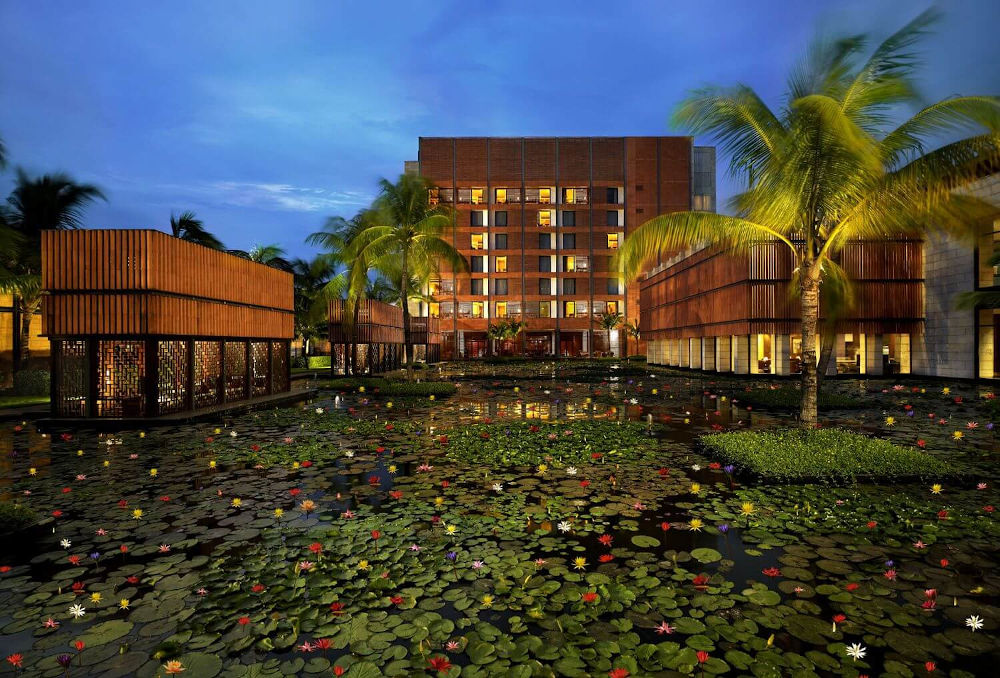
To herald the dawn of high-end tourism, the City of Joy has in place some of India’s outstanding hotels, hotels that exude with opulence, grace and elegance. Be it the ITC Sonar Bangla, Hyatt Regency or Marriott, the city has truly arrived in the competitive uber luxury tourism segment. What’s more, the city’s hospitality landscape is evolving tremendously within the penthouse/boutique hotel sector and entrepreneurs with dream projects are showcasing their ingenuity to the discerning international visitors.
Kolkata has always had the tag of being a city of pot holed streets and beggars. A native of Kolkata sums it up beautifully: “This is not to pretend that the suffering underbelly that Mother Teresa exposed was not real. Not at all. But there was another Kolkata as well, a city of coffeehouses and bookstores; a city of great political fervour and artistic ferment; a city with Swiss patisseries, Jewish bakeries and Bengali sweet shops; a city with its own triumphs and tribulations, and that city was lost in her overwhelming aura. Mother Teresa died while I was in America, but the Kolkata she left in the global imagination remained my cross to bear.”
The transition from being a city of beggars to catering to the uber luxury visitors hasn’t been easy. The city, according to The Statesman journalist A K Ghosh: “Whether we call it Kolkata or Calcutta, the city still haunts every body’s mind. It remains a collage of multi-hued, multi textured events, an abode of eminent intellectuals.”
From the flower sellers beside the ethereal Hooghly Bridge to the Edwardian town halls and the famous Silk Route of the mystical Eastern Himalayas, Bengal offers an eclectic mix of Nature-Culture-Adventure package, which is irresistible for the new age traveller.
Factbox
For more information, visit West Bengal Tourism Development Corporation Ltd at wbtdcl.com.
All imagery used in this article unless stated otherwise credit: KOLKATA TOURISM AFICIONADOS












